Sidechains - Crypto Academy / S4W8 - Homework post for pelon53.
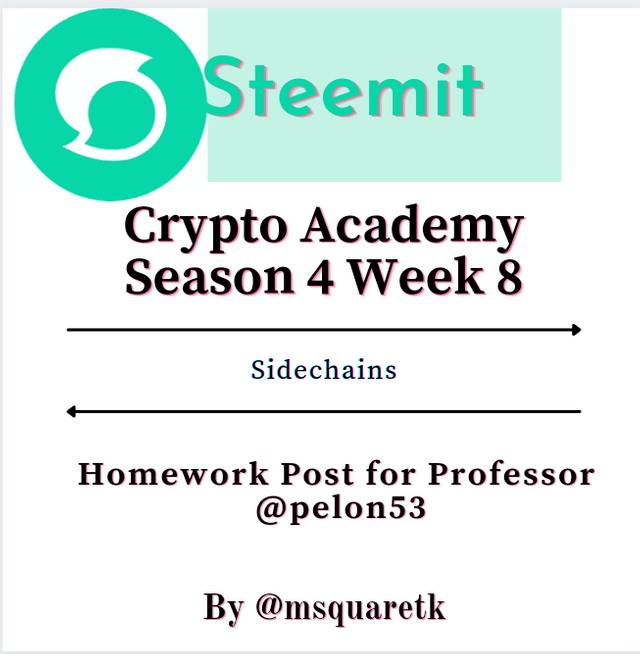
Cover page created by me, @msquaretk | created with canva app
It's week 8 of the season 4 in the Steemit Crypto Academy. This post is written in response to Professor @pelon53's assignment. He taught sidechain and explained the said topic very well. So, I will be taking the questions given one after the other. Follow me closely as we see them together.

Question 1
Explain in detail the Sidechains with the use of ZK-Rollups.
Blockchain technology is one of the newest technologies that has gain popularity because of its usefulness over time. Blockchain has solved so many problems, with the use of blockchain, people can now make transaction and have total control of the asset, no third party between the sender of and receiver of fund when using decentralized ledger. However, there are some problems or setbacks which this technology is still facing such as scalability, security etc. Also blockchain are designed in such a way that what is happening in one blockchain can't be revealed to any other blockchain.
The expert and developers have been doing great work in developing systems and proposing methods of solving these problems. One of the systems developed is sidechain. I will be talking about sidechain in the next paragraphs. It's important to know what it is and it functions.
Sidechains are regarded as the secondary blockchains which are connected to the main blockchain with the aim to improve services on the existing or main blockchain. Sidechains solve the problem of saturation in the main blockchains. Hence, they depend on the main blockchains.
When sidechains and main blockchains are connected together, the asset from the main blockchain can be transferred to the sidechain freely. One of the methods used in transferring the asset is by sending this asset from the main blockchains through a special address to the sidechain.
Now let's discuss Zk-rollups.
ZK-rollups means Zero knowledge rollups. It came into existence as a result of a need for improvement on the plasma. The project, construction method of scalability on the ethereum blockchain which is the second layer on Ethereum blockchain is known as plasma. The use of plasma gives hundred of transaction to be processed and that makes a single hash to be included on the blockchain. But, there's still error or set back of scalability. The users have problems with the withdrawal. They needed enough data to be able to withdraw and then, they would have to play what is called exit game which will make them have enough data. This was what led to the invention of Zk-rollups.
ZK- rollups are the methods developed for 2 layer construction to increase the scalability. The term rollups in the name Zk-rollups means that the method involves that mass transfer being rolled up to a single transaction. Unlike, plasma where more data is needed for validation and that the users can't withdraw unless the enough data is provided, ZK-rollups reduces the amount data in transaction as a result of the reduction in storage and computing resources for block validation.
The working principle of Zk rollups is like this: There are two users which are needed on the network. The users which will act as transactors and those who act as relayers. The transactors initiate the transaction on the network and once the transaction is received by the network, it then undergoes a kind of grouping by the use of merkle tree. It's the work of the smart contract to perform or record this transaction in to two merkle trees. One merkle tree will contain the address and the other one will bear or carry the amount of the transfer. After this process, the relayers then collect the large amount of transfer. This amount of transfer will be used to create a roll up and what is called Snark proof is formed which is the hash on the blockchain.
Advantages of Zk-rollups are:
In terms scalability, Zk-rollups is better than plasma. It's very fast. Since the it takes bundle of transaction and roll it up as a single transaction.
It doesn't require more data before the blocks are validated; hence, the computing and storage resources are minimal compared to plasma.
Reduction in fee transfer since the bundle of transaction are now rolled up to a single transaction.
The problem of saturation is solved with the use of Zk-rollups.
Disadvantages are:
The method of Zk-rollups encourage or boost the use of centralized plan or scheme.
There can only be maximum throughput, if data optimization is carried out.

Question 2
Explain the Liquid Network side chain
In this part of the question, I will be explaining the liquid network side chain.
Liquid network sidechain is a sidechain of bitcoin blockchain. It's developed on the 11th of October, 2018 by a company located in Canada called Blockstream. Liquid network sidechain is used for transferring asset to and fro the main blockchain, bitcoin blockchain and liquid network sidechain. The operation of this sidechain doesn't depend on the bitcoin mainnet, although the sidechain depends on the bitcoin itself.
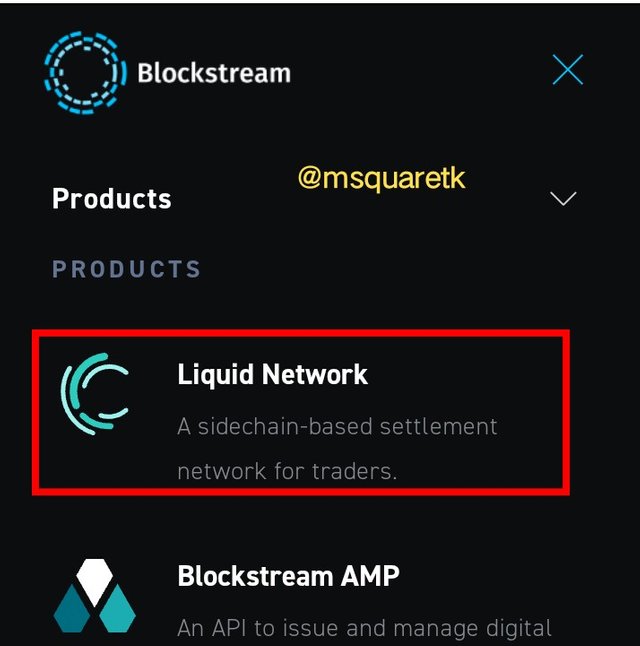
Fig. 1: Liquid Network - Product of Blockstream Image Source
The liquid network is developed on Bitcoin core codebase. The developer, Blockstream used element core which is a sidechain protocol created by the Blockstream. The bitcoin core codebase have new features such as confidential transaction, native asset issuance, segregated witness etc. The use of liquid provides or solve a problem of delay and friction in the transfer of normal Bitcoin; it reduces them.
This sidechain enable the users to transfer Bitcoin asset from the main blockchain to liquid side chain. This is done through 1 to 1 peg verifiable. This sidechain is developed so as to enhance the efficiency of the market of cryptocurrency trading. Hence, retail traders, cryptocurrency exchange platforms, OTC trading desk, and asset issuers are the users of this network.
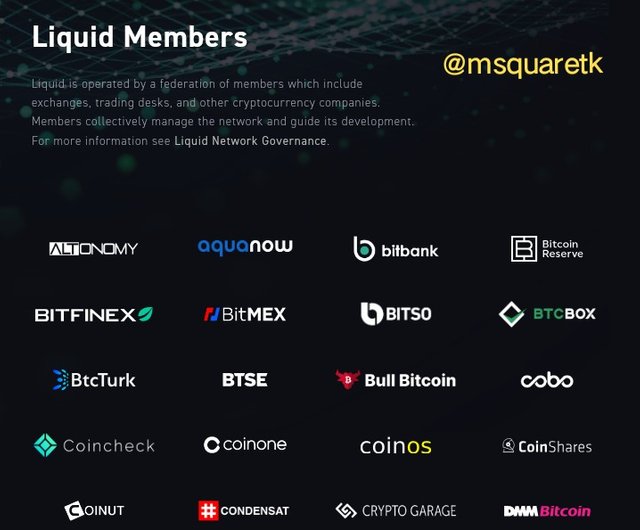
Fig. 2: Liquid members Image Source
The native token of the liquid network sidechain is Liquid BTC (L-BTC). This a a special used on the liquid sidechain. When BTC is transferred from the mainchain to the liquid sidechain, LBTC will be created; The process is known as peg in. On the other hand LBTC will be destroyed when BTC is moved out of the liquid network sidechain and the process is known as peg out.
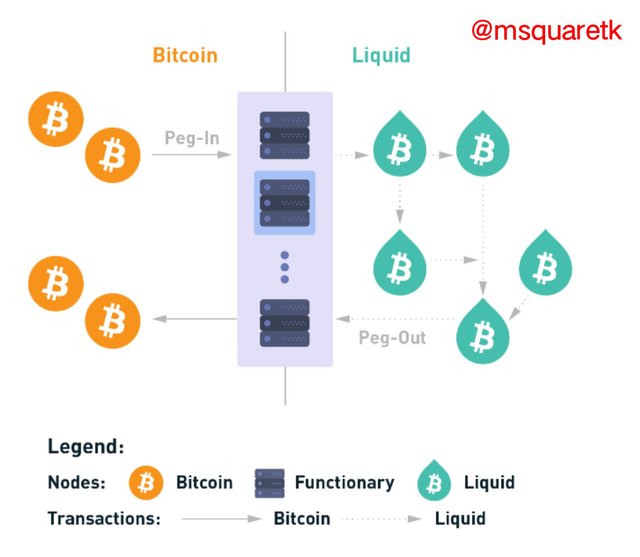
Fig. 3: Liquid Network - Product of Blockstream Image Source
There are some useful features which is given to traders and the users of liquid. Some these features are:
Transaction are very confidential. When users send or transfer asset from the main chain, it won't be revealed, that's it will be hidden and so the data are kept secret.
Scalability. The asset transferred, BTC from the main chain to the liquid sidechain achieves settlement within the period of 2minutes.
Another feature is that, there's a place where the new token can be issued. These token can represent Fiat money or any other digital asset.
The liquid network sidechain is decentralized I the sense that, the network is controlled by the users and not the developer, Blockstream. The network is controlled or operated majorly by the financial institutions and large exchanges.
The sidechain works by using what is called strong federations, which means proof of work is eliminated and employs a group of participants called functionaries. These users or participants called functionaries perform two major functions. They act as blocksigners, in which their role is to manage and operate the sidechain and also act as watchmen in which their role is to secure bitcoin on the network.
The block forms at every minute on the liquid sidechain. This means it ten times faster than the block formation on Bitcoin blockchain. It's should be noted that when the one third of the functionaries are not online, the signing of of the block will be stopped until they get back online.
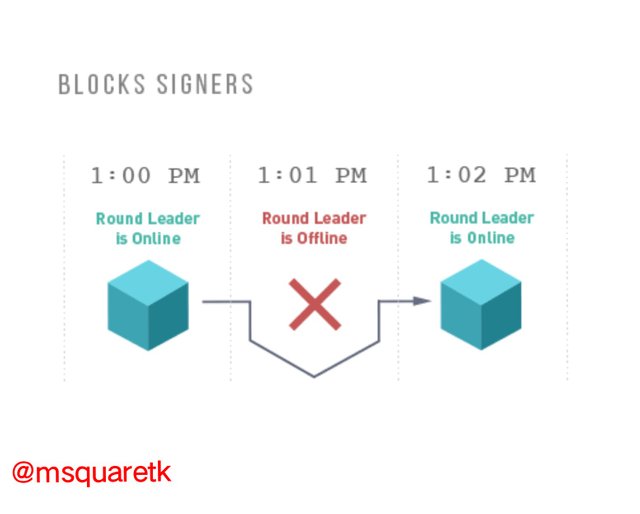
Fig. 4: Block Signer - Online and Offline Image Source
As said earlier, liquid has many use cases: it can be used as the create other assets. This feature is called issued asset. Confidential transaction can also be made with liquid. This means that the transactions will not involve third party. Another use case is tokenized cryptocurrency. There also more use cases.

Question 3
Describe the steps to connect the Metamask wallet and the Polygon network wallet. Show screenshots.
In this part of the part of the question, I will be explaining how to connect metamask wallet and the polygon wallet together.
Firstly, if you don't have metamask on your mobile phone or PC, you will have to download and install the wallet. For me, I have metamask wallet on my phone.
I will login to my metamask wallet on my phone. As the wallet open to the homepage. click on the menu icon at the top, left hand side of the page. Upon clicking on it, navigate to the setting by scrolling down.
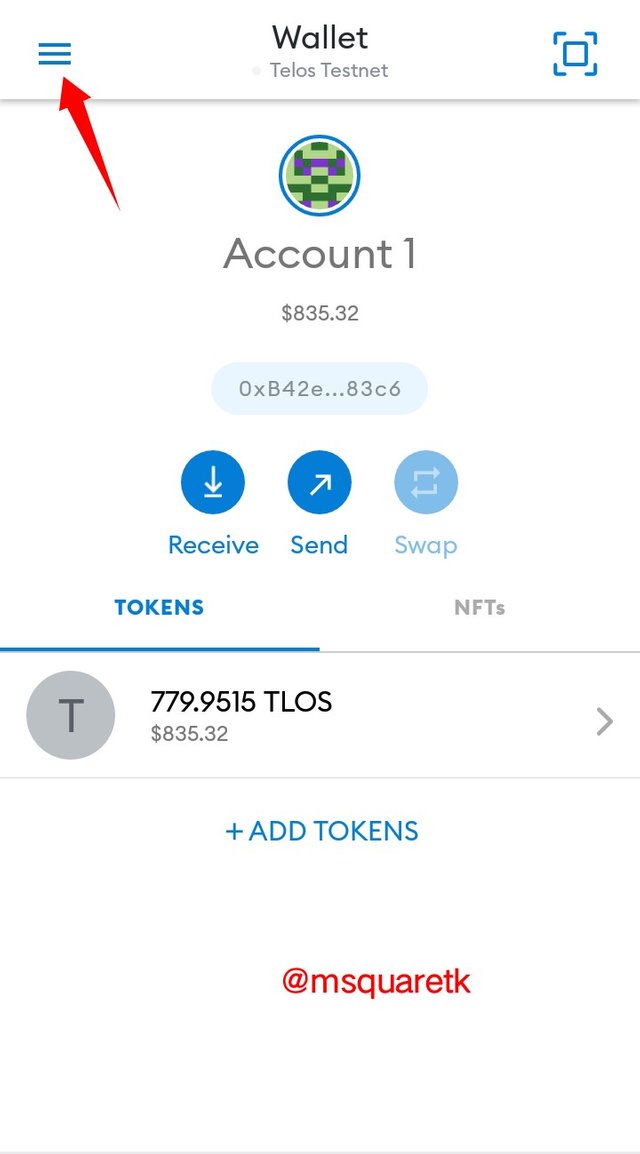
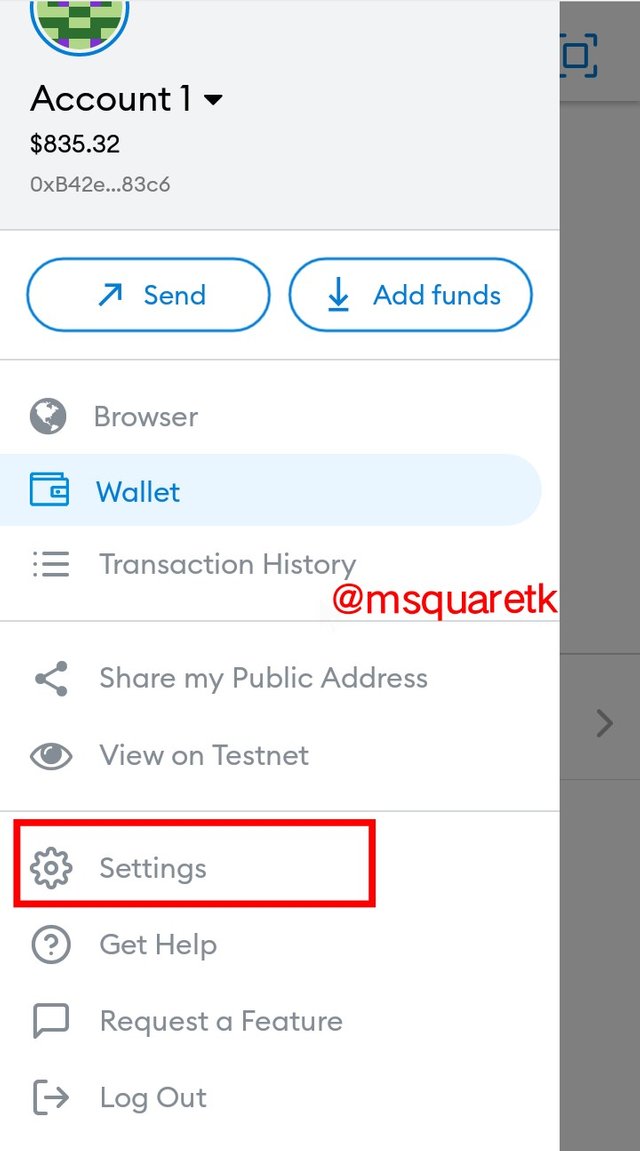
Then, upon clicking on it, a page will appear. On the page, we are going to click on "network". As we click on it, another page, will appear, then will click on "add network." See the screenshot below.
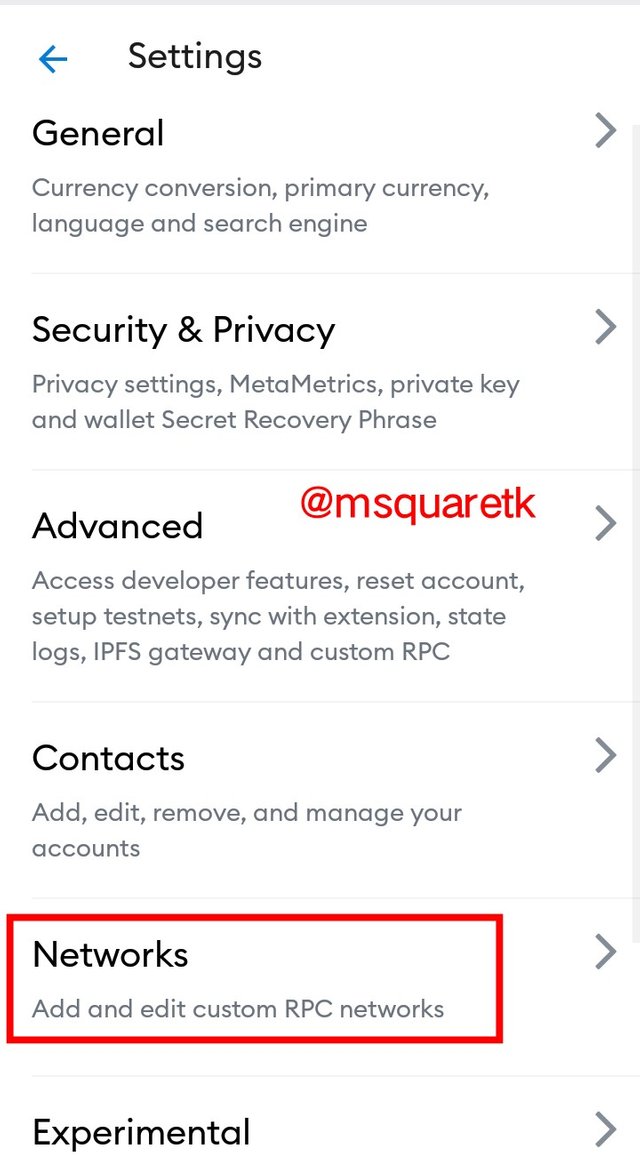
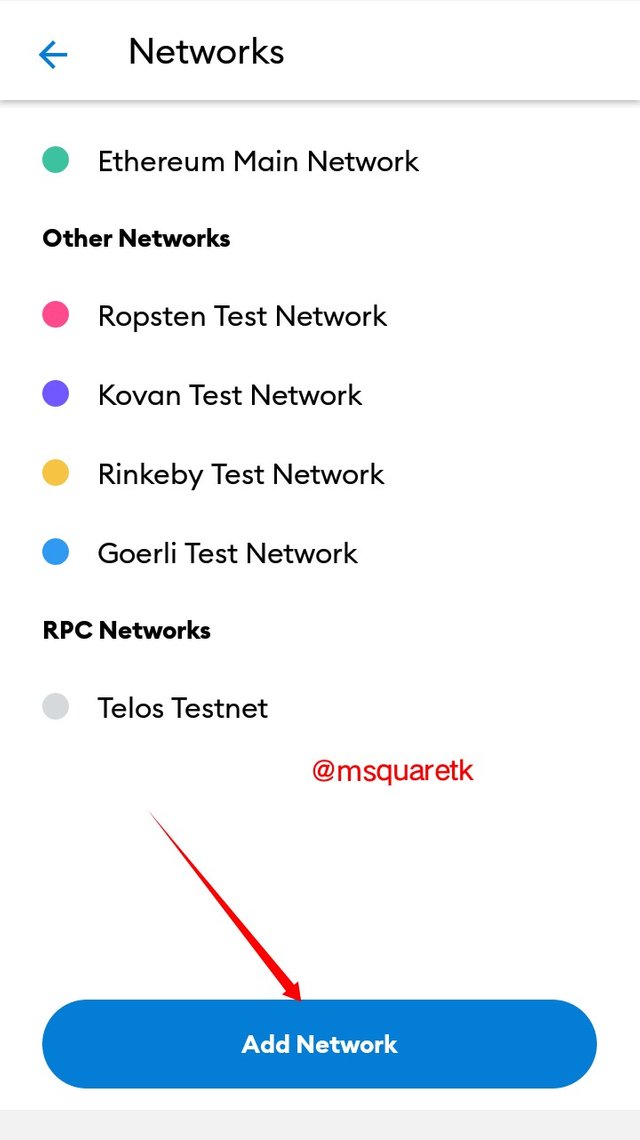
Upon clicking on add network, a page will appear where we will input the details such as network name, RPC url, chain ID, symbol, block explorer url.
The information below are input into the boxes as provided by the metamask community.
Network Name: Polygon Mainnet
New RPC URL: https://rpc-mainnet.maticvigil.com/
ChainID: 137
Symbol: MATIC
Block Explorer URL: https://explorer.matic.network/
This information is taken from metamask community. See source here
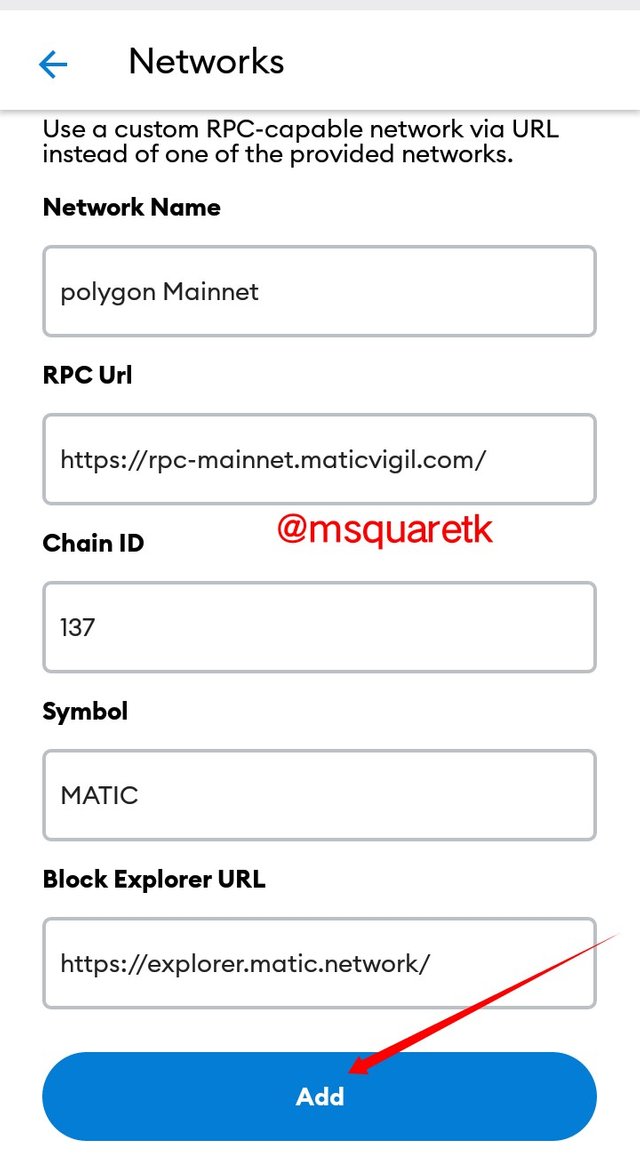
Fig. 7: Inputting the details on the network page on metamask | screenshot from metamask
Then, upon filling all the details, I clicked on "add" and it added it successfully. The screenshot below shows that polygon wallet is connected.
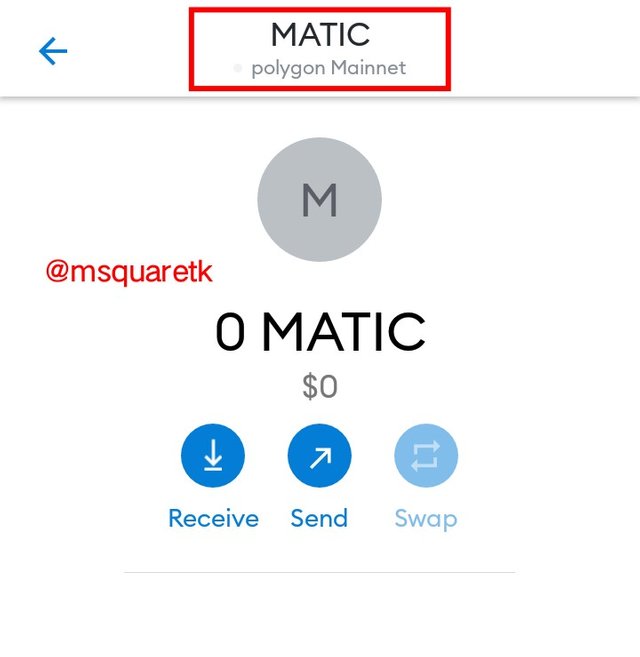
Fig. 8: MATIC Polygon Mainnet added | screenshot from metamask
As we can see in the screenshot above, I have successfully connected polygon wallet to the metamask wallet.

Question 4
According to the polygonscan block explorer, when will the block 25,000,000 be generated? Show screenshot. Explore the 12,000,000 block, at that time, what was the price of the Matic? Show screenshots.
In this part of the question, I am going to be using polygon block explorer to answer the question given. Let's begin with the first aspect.
According to the polygonscan block explorer, when will the block 25,000,000 be generated
The polygon block explorer I'm using is polygoscan. You can also visit the website by clicking here.
Upon clicking it, you will see the homepage. In the homepage, there is search box available to search for block, transaction etc. Now, i am going to input "25, 000, 000" on the search box and click search.
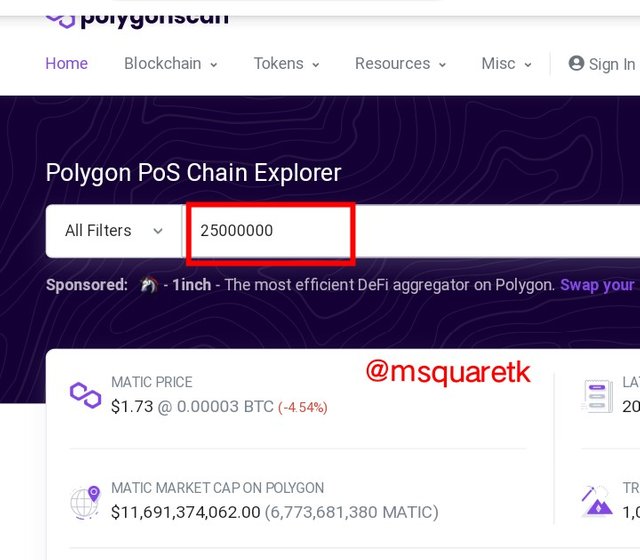
Fig. 10: Searching for 25, 000, 000 blocks on polygonscan Image Source
As I searched it, the details show that the block 25, 000, 000 will be created on Teusday, March 1, 2022 at 22:01:34 GMT (WAT). It I **125days, 1 hours, 32 minutes, 45secs away from the time (25/10/2021 –20:30 WHAT)the screenshot is taken. See the screenshot below.
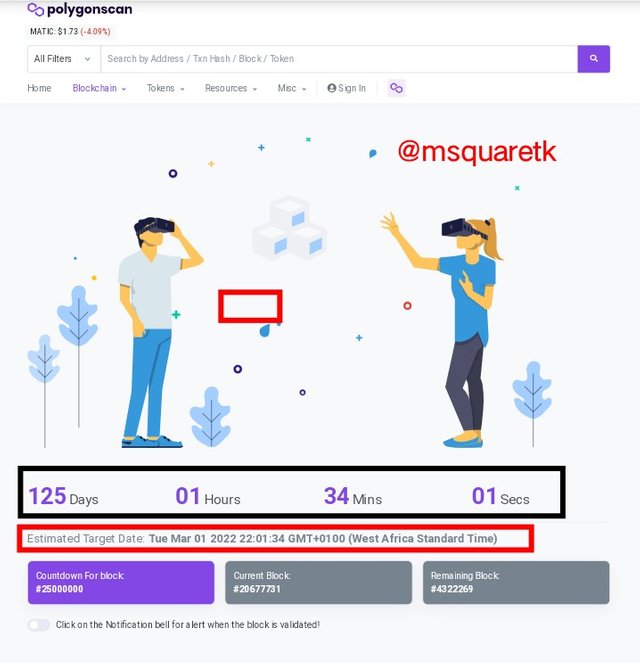
Fig. 11: Details of 25, 000, 000 blocks on polygonscan Image Source
Additionally, we can see
Current Block: #20677731
Remaining Block: #4322269
Countdown For block: #25000000
Let's get to the second part of the question.
Explore the 12,000,000 block, at that time, what was the price of the Matic?
As usual, I used the search box to search for 12, 000, 000 blocks. And according to the result, the block has been created on the blockchain. The block formed on the 14th March, 2021 at 09:35:48 AM +UTC) that is 227 days 9 hrs ago at the time of writing this post.
The MATIC Price is $0.38 / MATIC
There is 14 transactions and 0 contract internal transaction in the block.
The block was validated by 0x7fcd58c2d53d980b247f1612fdba93e9a76193e6 in 6 secs
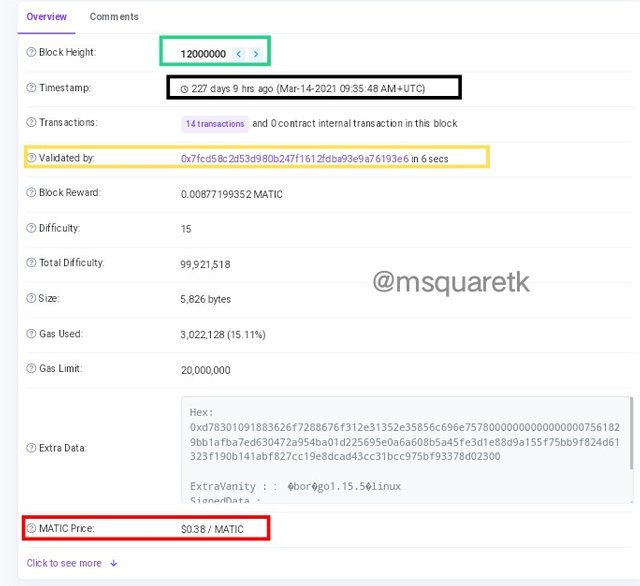
Fig. 12: Details of 12, 000, 000 blocks on polygonscan Image Source

Conclusion
There have been improvement in blockchains over the years. Different methods have been proposed by professionals to solve the problems of the old existing blockchains and as a result of developing these methods, solutions have been provided to some of the problems. For example, sidechains which is often regarded as the secondary blockchains are developed to solve the problem of saturation and scalability in the main blockchain. These also allow the future to be transferred from the main blockchain to the sidechains.
Today, there are different types of sidechains in existence. In this post we have looked at ZK rollups and the Liquid Network sidechains. We have seen how important these sidechains are to their mainchain and the users. Thanks to Professor @pelon53 for bringing this course up. I have learnt one or two things from the course. I look forward to learning more from your lectures.

CC: @pelon53
Written by @msquaretk